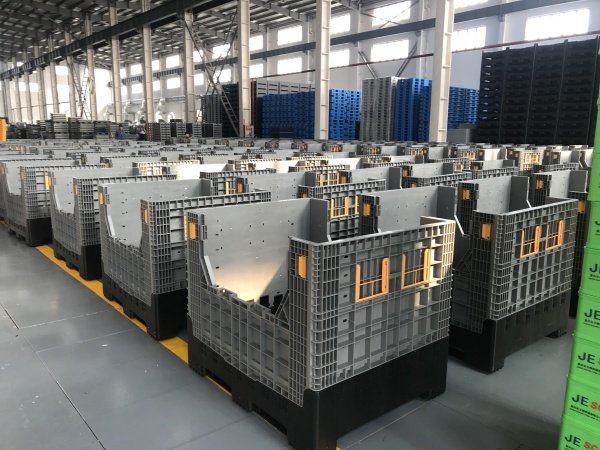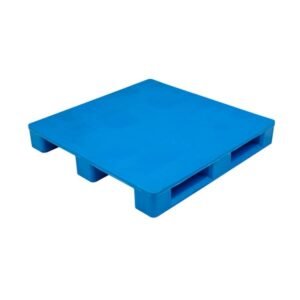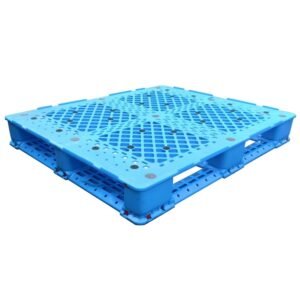What Exactly Is a Bulk Container?
When you hear the word “container,” it could mean many things — from a small plastic box for leftovers to a massive sea container for shipping goods across oceans. In material handling, however, the meaning is far more specific.
A bulk container is a large industrial box, most often built around standard pallet size such as 1200×1000 mm. This design makes it easy to handle with forklifts, stack in warehouses, and move smoothly through supply chains.
Unlike small storage bins, these containers are built for forklifts and warehouse systems, making them part of heavy-duty logistics.
You can consider a container as “bulk” if it:
- Handles high capacity in one unit, cutting the need for many small packages.
- Has pallet-size dimensions, compatible with forklifts or conveyors.
- Uses durable materials like HDPE, PP, or steel to stand heavy loads.
- Is reusable, foldable, or stackable to reduce cost and waste.
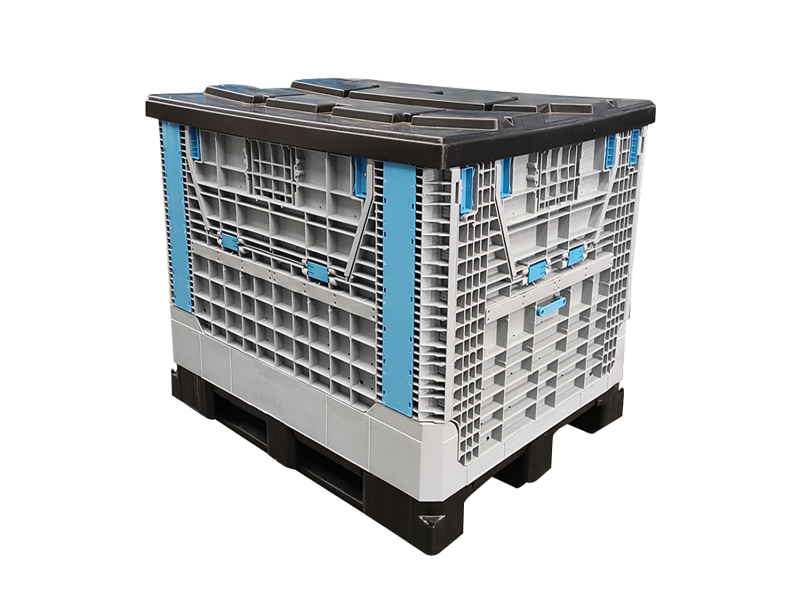
This sets bulk containers apart from sea containers or household boxes. They serve industrial needs by safely moving grains, chemicals, food, or parts, acting as the link between efficient packaging and a smooth supply chain.
What Are the Main Types of Bulk Containers?
Rigid Bulk Containers
Rigid bulk containers are solid-wall boxes used when strength and stability matter most.
These containers have fixed sides and bottoms, often injection-molded from HDPE or PP. Their structure looks like a large crate with thick walls and reinforced corners. Buyers choose them for heavy items, industrial parts, or food storage, where durability and protection against impact are critical.
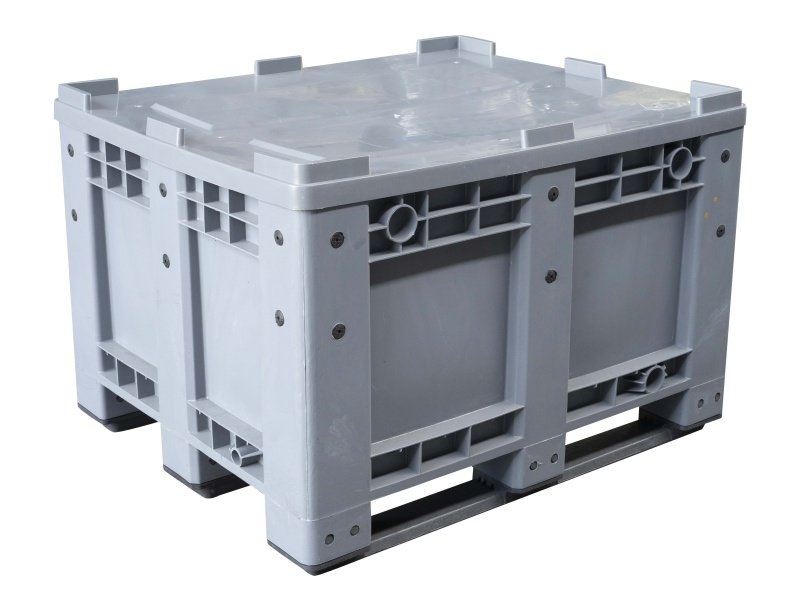
Collapsible Bulk Containers
Collapsible bulk containers save space without giving up strength.
They look like rigid bins but the walls can fold inward when empty. Made from durable plastics, they reduce return shipping costs and warehouse footprint. A customer might stack them full during transport, then collapse them to one-third the height when sending them back. This makes them ideal for closed-loop logistics.
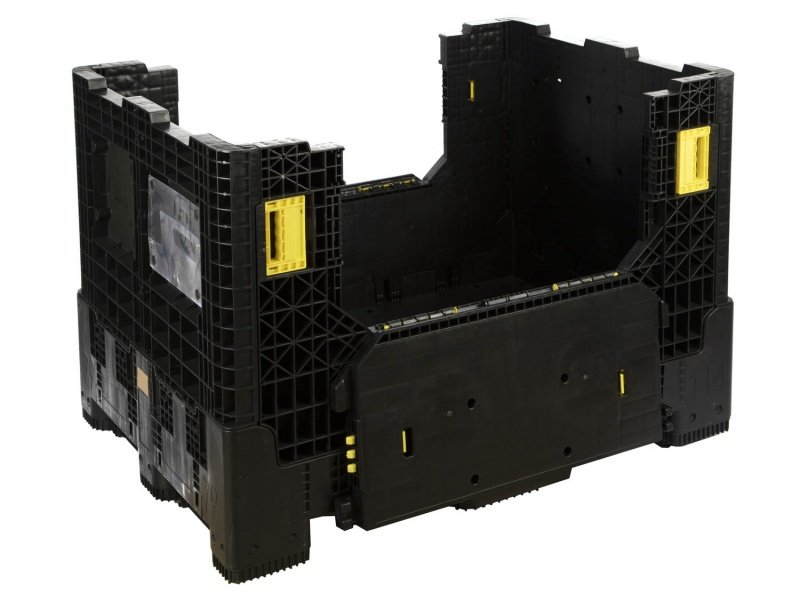
Intermediate Bulk Containers (IBCs)
IBCs are cube-shaped units designed mainly for liquids and powders.
They usually combine a thick HDPE inner tank with a galvanized steel cage, all mounted on a pallet base. A valve at the bottom allows easy discharge into smaller packages. With standard footprints such as 1200×1000 mm, they stack securely and move well by forklift. Their key distinction is liquid handling at industrial scale.
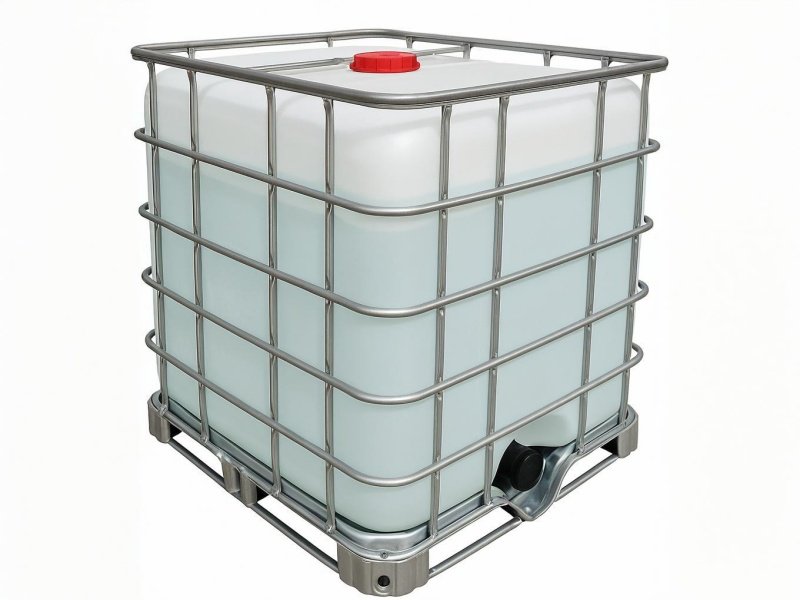
Flexible Bulk Containers (FIBCs or Bulk Bags)
FIBCs are giant fabric bags that hold dry, flowable goods.
Made from woven polypropylene, they have lifting loops at the corners and often a spout at the base for unloading. You can picture them as oversized sacks that stand upright when filled. They carry grains, sand, fertilizer, or plastic resin. Unlike rigid bins, they are lightweight and fold flat when not in use, but they cannot handle liquids.
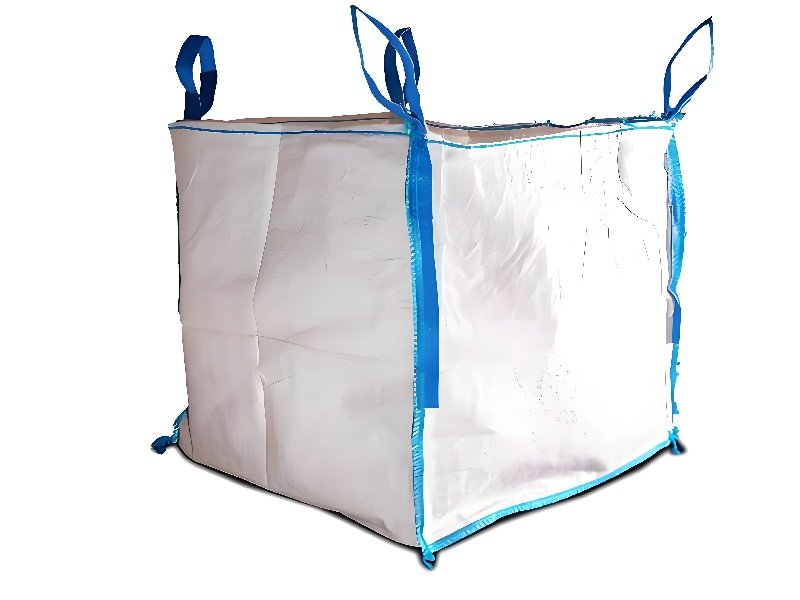
How Do Plastic Bulk Containers Improve Logistics Efficiency?
Not every bulk container improves logistics in the same way. Plastic rigid and collapsible types are designed for forklifts, stacking, and return shipments, giving them clear advantages.
Rigid Bulk Containers – Built for Strength and Safety
- Four-way forklift entry: Most rigid models allow access from all sides, making loading faster and safer in warehouses and truck docks. Many designs also support both manual forklifts and automated guided forklifts, ensuring smooth flow in modern facilities.
- Stackable design: Their solid walls and reinforced corners let you build stable stacks, using vertical space efficiently while keeping goods safe from crushing. This reduces floor congestion and improves warehouse throughput.
- Sealed protection: Solid-wall versions block dust, moisture, and pests. For food, pharma, and high-value parts, this reduces spoilage risk and lowers the cost of rejected goods.
Collapsible Bulk Containers – Optimizing Return and Storage
- Four-way forklift entry: Like rigid bins, collapsible models are designed for universal forklift access, supporting manual and automated systems for consistent handling.
- Collapsible walls: When empty, the walls fold down, cutting return freight volume and reducing storage footprint by up to two-thirds. This efficiency is critical in closed-loop supply chains where containers cycle back to origin.
- Stackable when full: Even with folding walls, these containers stack securely when loaded. You get the same space savings during transport, then a compact return, lowering overall logistics costs.
These features are not found in every type of bulk container. IBCs and FIBCs serve other roles but lack this mix of stackability, four-way entry, and foldable return. As manufacturers, we focus on rigid and collapsible containers because they bring measurable savings and smoother logistics flow.
Conclusion
You’ve seen why plastic bulk containers—rigid and collapsible—deliver more efficiency than other options. The next step is matching the right design to your operations. If your priority is maximum strength, secure stacking, and product protection, rigid containers give you that edge. If your challenge is return freight and limited storage, collapsible containers cut costs by folding down after use.
Enlightening Pallet plastic bulk containers cover both rigid and collapsible models, available in food-grade, chemical-resistant, and heavy-duty options. Our role is to align your usage and budget with the container that avoids waste and keeps your supply chain running smoothly.
Request a tailored quotation today. We will recommend whether rigid or collapsible bulk containers suit your needs best—helping you cut unnecessary expenses while securing reliable, long-lasting equipment.

